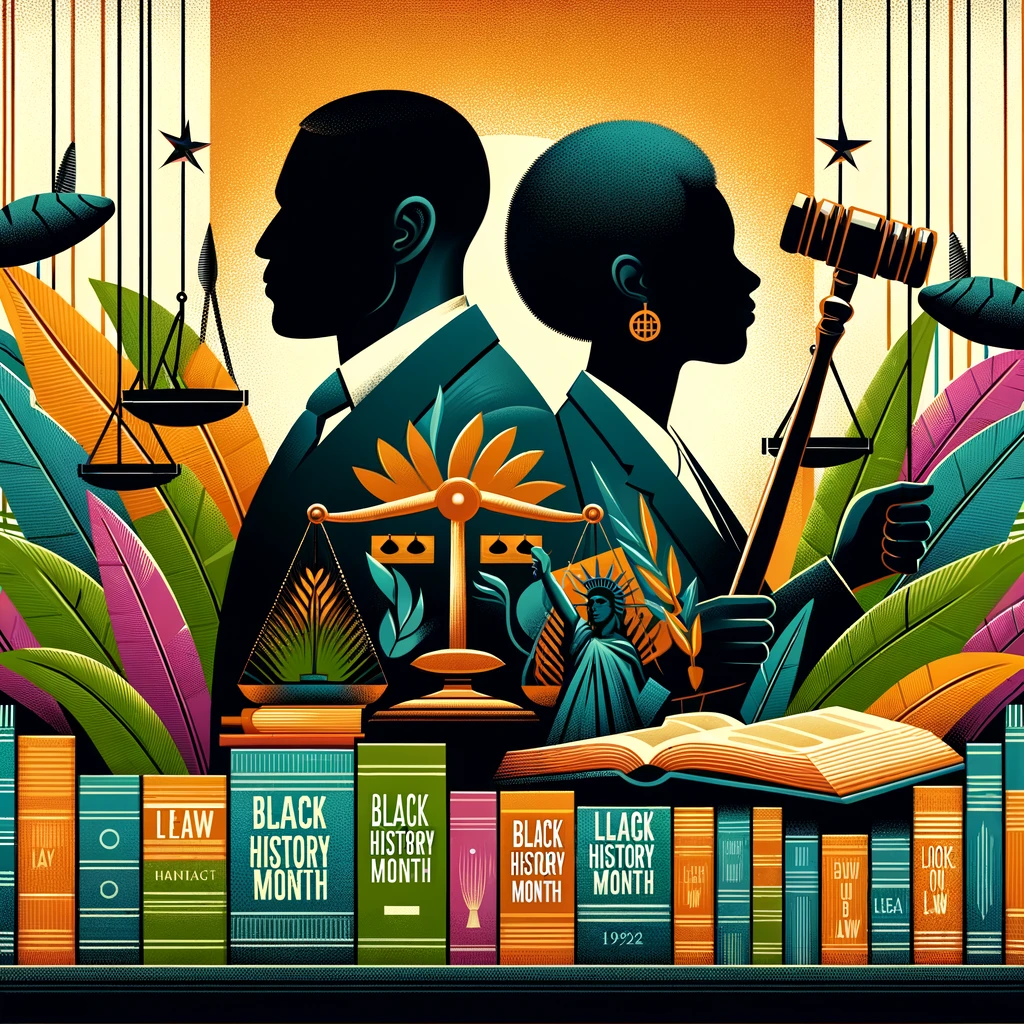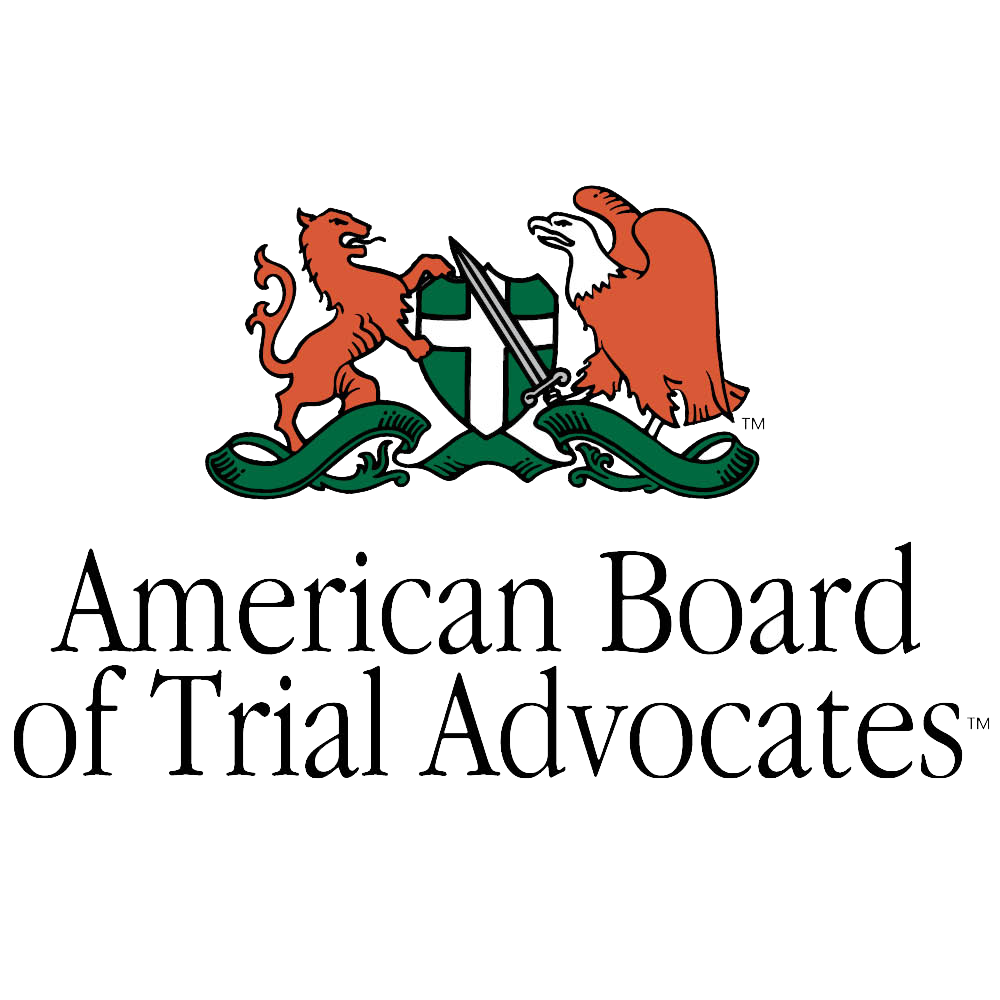
Black History Month
GOLDLAW continues its tribute to Black History Month by recognizing the careers and achievements of two more African American legal trailblazers, Jane Bolin and Charles Hamilton Houston. Both Bolin and Houston beat the odds to establish themselves as some of the top legal minds in the United States, setting new precedents that to this day have an impact on the legal profession, particularly in civil rights advocacy.
Jane Bolin
Born in Poughkeepsie, NY in 1908, Jane Bolin was an attorney and judge. The first black woman to graduate from Yale Law School, she was the first to join the New York city Bar Association. Her father, Gaius C. Bolin, was a lawyer and the first black person to graduate from Williams College. Bolin was also a staunch supporter and activist for children’s rights and education. Here’s a closer look at some of her most noteworthy achievements:
1. First African American Woman to Graduate from Yale Law School
Although advisers discourage her from applying to Yale Law School due to her race and gender, in 1931, Bolin became the first African American woman to earn a law degree from Yale Law School, setting a precedent for future generations of Black women in the legal profession. She passed the New York State Bar Exam in 1932.
2. First African American Woman to Serve as a Judge in the United States
In 1939, at the age of 31, Bolin was sworn in as a judge of the Domestic Relations Court (now known as Family Court) by Mayor Fiorello H. La Guardia, becoming the first African American woman to serve as a judge in the U.S. She held this position for 40 years until she reached mandatory retirement age.
3. Advocacy for Children and Families
Throughout her tenure on the bench, Bolin was a passionate advocate for children and families. She worked to ensure that probation officers were assigned to cases without regard to race or religion. Bolin also worked to ensure that publicly funded childcare agencies accepted children without regard to their ethnic background.
4. Service on the New York Mayor’s Committee
In 1957, Bolin was appointed to the New York City Mayor’s Committee on Child Welfare. Deeply committed to improving the lives of children within the foster care system and those impacted by the juvenile justice system, her work on the committee helped bring about reforms that prioritized the welfare and rights of children, showcasing her dedication to public service and social justice.
5. Reform of the Juvenile Justice System
Bolin was deeply involved in the reforming of the juvenile justice system. She was known for her efforts to prevent juvenile delinquency, and worked tirelessly to improve the conditions of children in foster care. Her work contributed to significant changes in how children and families were treated in the legal system.
Jane Bolin’s trailblazing achievements not only broke racial and gender barriers but also laid the groundwork for reforms in family law and juvenile justice, making her legacy an enduring inspiration for those who seek to make the legal system more just and equitable.
Charles Hamilton Houston
Houston was born in Washington, D.C. in 1895. His father, William Le Pre’ Houston was the son of a slave, who became a lawyer, and practiced in the capital for more than 40 years. A graduate of Amherst College and Harvard Law School, Charles Hamilton Houston would become the dean of Howard University Law School, and the NAACP’s first special counsel. Houston is well known for having trained many black attorneys, including Thurgood Marshall. Here’s a recap of some his greatest achievements and contributions:
1. Dean of Howard University Law School
Houston served as the Vice-Dean of Howard University Law School from 1929 – 1935. His leadership transformed the school into a significant institution for civil rights law, emphasizing the importance of using the law as a tool to fight racial injustice.
2. Litigation Director of the NAACP
As the first Special Counsel for the National Association for the Advancement of Colored-People (NAACP), from 1935 – 1940, Houston crafted the legal strategy that paved the way for the Supreme Court ruling outlawing school segregation, and earned him the moniker “The Man Who Killed Jim Crow.”
3. Murray v. Pearson (1936)
Houston successfully challenged the University of Maryland Law School’s segregation policy in Murray v. Pearson. This victory marked the first in a series of cases designed to dismantle the “separate but equal” doctrine established by Plessy v. Ferguson, proving that segregated facilities were inherently unequal.
4. Founding of the NAACP Legal Defense and Educational Fund
Although his work directly with the NAACP was foundational, the legacy incudes the establishment of the NAACP Legal Defense and Educational Fund (LDF) in 1940. It was an essential legal arm designed to fight for civil rights through the judicial system. The LDF played a key role in civil rights litigation, including Brown v. Board of Education.
5. He Pioneered the use of Sociological Evidence in Court
Houston was innovative in incorporating sociological evidence into legal arguments to demonstrate the adverse effects of segregation. This approach was notably utilized in the Brown v. Board of Education case, where evidence showed that segregation harmed black children’s mental and emotional well-being, a strategy that was rooted in his earlier work.
Charles Hamilton Houston’s strategic legal battles against segregation and his commitment to training the next generation of civil rights lawyers cemented his legacy as a key architect of the civil rights movement.



